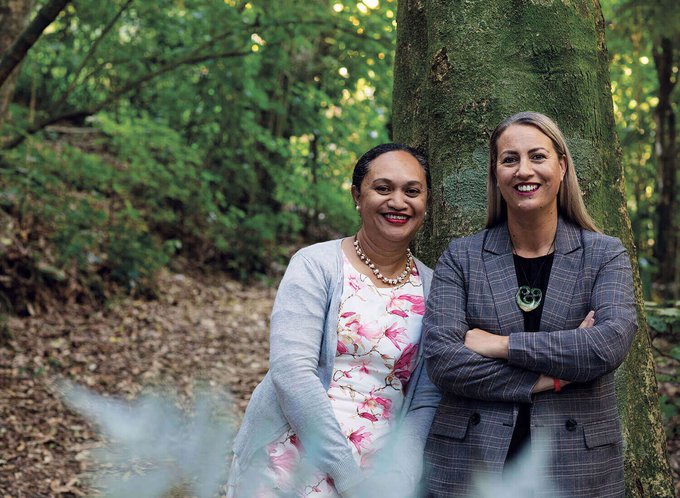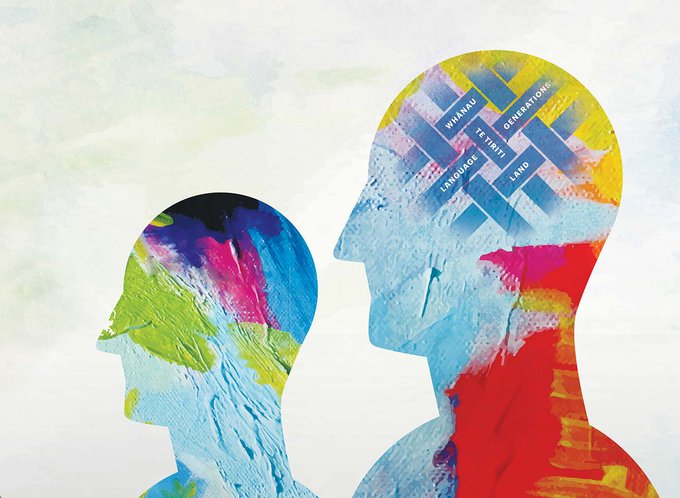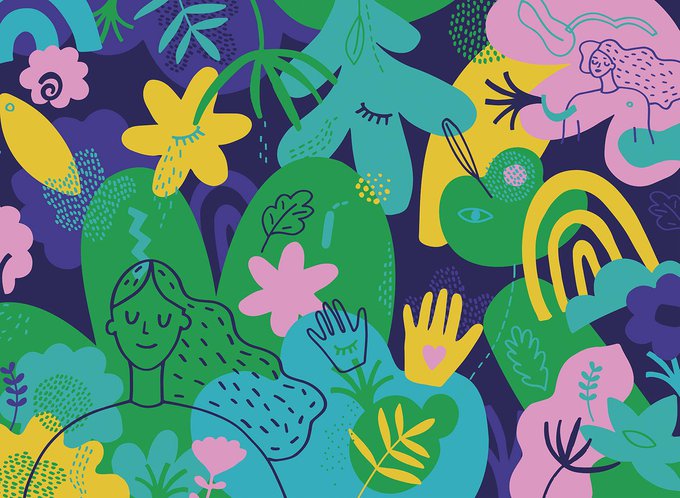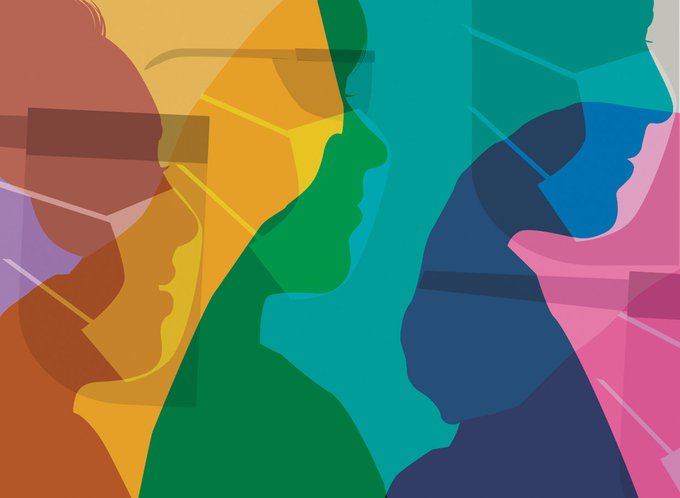The student association leaders discuss the importance of promoting equity, access and inclusion in their professions.
-

Anu Kaw
What does equity mean to you?
As a health professional in training, it is important to develop an understanding of inequities associated with development of the health workforce and the access to services in the communities we serve. This involves a pragmatic approach in not only identifying and addressing the inequities but also coming up with solutions to address identified inequities.
As a clinician, you are your patients' advocate, but you also need to check yourself and address the unconscious biases that you carry that influence your decisions and, ultimately, the patients' health outcomes.
Equity is incredibly important in healthcare. However, there is significant work to be done to address the inequities in development of a health workforce that truly reflects the society we serve.
What kind of training do students in your field receive to help them approach their work with inclusion in mind?
Hauora Māori and Pasifika health are slowly becoming more integrated with the medical curriculum at the University of Otago. However, there is currently very little teaching associated with other marginalised communities such as LGBTQIA/Takatāpui.
How does your profession promote fair access and inclusion? How has the culture around this shifted over the years?
In health workforce development, affirmative action policies such as the University of Otago Mirror on Society policy have been critical in creating fair access and inclusion. This creates a richness in diversity in the medical cohorts and creates opportunities to learn from your peers about the experiences that have shaped them as the cohort goes through the medical school journey.
The culture is slowly shifting, but there is an incredible amount of mahi to be done in this space. For example, following the Health Services and Outcomes Kaupapa Inquiry, it was evident that the Crown has seriously failed in addressing Māori health inequities and breached Te Tiriti multiple times. The recent announcement of the Māori Health Authority is a massive step forward in addressing equitable access to mainstream services and a shift towards tino rangatiratanga in healthcare.
-

Jack Cameron
Vice-President
Massey University Veterinary Students' Association
Is equity important in your field?
The only way for any profession to improve is by there being opportunities for those who want to progress. Just because someone is at a disadvantage, it doesn't mean they won't be able to effect progress, so equity in opportunities is important. Our clients can come from different backgrounds with different beliefs and expectations, meaning vets sometimes have to change their approach to satisfy the needs of a client.
How does the veterinary profession promote fair access and inclusion? How has the culture around this shifted over the years?
Fair access and inclusion are very important and up-and-coming topics in the veterinary profession. Programmes are currently being developed by some of the most important veterinary associations in the world, with the American Veterinary Medical Association providing a fairly comprehensive list of webinars on their website.
The new Equity, Inclusion and Diversity Committee at Massey University's School of Veterinary Science has a goal to promote a "culture of inclusion where all are valued equally" regardless of their background, race, gender or other differences.
Although these changes are a great start, it does show that there have been, and still are, issues regarding equity in the veterinary industry. As long as these new initiatives and programmes continue to develop and are supported by everyone in the industry, we can be pretty confident that we will start to see major positive changes for those affected the most.
What kind of training do students in your field receive to help them approach their work with inclusion in mind?
Right from our first year, we've been reminded that not everyone is the same as us. Lectures on cultural sensitivity with clients are what stick out in my mind the most, but even just out everyday learning environment helps us.
Our classes are made up of people from various backgrounds and age groups, meaning we get a little exposure every day. I do believe that more structured training could be introduced to the course, but I'm sure that will come in time – especially with the changes occurring in the wider field.
-

Aiyaan Abzal
Is equity important in your field?
General oral health, quality of life and overall health are influenced by many factors including age, medical background, socio-economic status and cultural background. It is important to consider these factors when understanding the need for dental treatment for certain groups.
How does the dental profession promote fair access and inclusion? How has the culture around this shifted over the years?
Inclusion is always enforced as we are trained with treating patients equally in the clinical environment. We treat all patients with respect regardless of their gender, ethnicity, or socio-economic status. This is also a key aspect of the Health and Disability Commissioner Code of Rights for all health professionals. The culture has shifted around ensuring that cultural competency is taught as part of our education.
This means we are ensuring any cultural barriers are reduced to ensure all members of the population are included and feel welcome.
Do you have any concerns around equity in your field?
As dental care is free up until the age of 18, it is assumed that all children regularly access the dentist. However, studies have shown many parents within low socio-economic status areas are actually unaware of this, so children who require dental care the most miss out.
Emphasis needs to be placed on educating these families and children so that they are aware of this scheme and they develop good oral health habits early on. Similarily, in New Zealand, adults are retaining their teeth further into old age. Therefore, the elderly population has a high need for dental treatment. However, currently there is no funding scheme to subsidise dental care for the elderly population.
Know someone who might enjoy this?
Read this next
-
July 2021
Shared ambition
-
July 2021
Insuring for good mental health
Professional life
See all-
March 2021
Made for today a century ago
-
March 2021
The great brain gain
-
March 2021
A hectic, horrific working holiday
-
March 2021
Smooth sailing for Southern Spars







